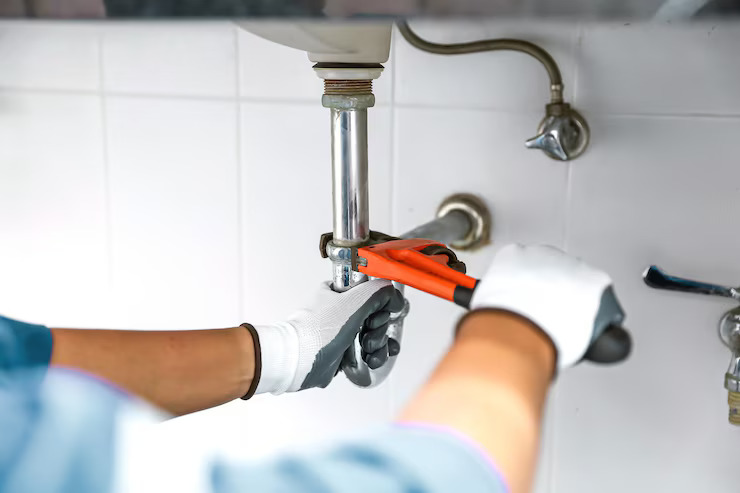Synthetic Urine in 2025: What’s Changed and What You Need to Know

Drug testing hasn’t gone anywhere. Actually, it’s become more common in certain industries. People find themselves staring down these tests for all sorts of reasons – new jobs, legal situations, sports requirements. The stress hits hard when that testing date approaches, leaving many scrambling for solutions that work reliably.
Looking at synthetic urine 2025 options reveals quite a shift from previous years. Everything’s had to evolve because testing labs aren’t standing still. They’ve gotten smarter, and the synthetic products have needed to keep pace or become obsolete. Manufacturers have invested heavily in research, trying to stay one step ahead of detection methods.
The Evolution Didn’t Happen Overnight
Remember how basic the first synthetic products were? Night and day compared to what’s available now. Labs figured out those early formulas fast, forcing manufacturers back to their chemistry sets. The improvements came in waves, each responding to advances in testing technology.
Gone are the days when just getting the color right was enough. Modern testing equipment checks for dozens of markers – urea, creatinine, specific gravity, pH balance. The list keeps growing. Newer products contain trace minerals and proteins that weren’t included before. Some even reproduce the slight foam that appears when real urine is shaken or the distinctive odor that lab technicians might notice.
Temperature challenges haven’t disappeared. Natural samples come out at body temperature and cool down gradually. The latest heating systems last longer and give more precise readings. Some include insulation technology borrowed from outdoor gear companies.
What Makes Today’s Products Different?
Chemical complexity stands out immediately. Human urine contains around 3,000 compounds. Early synthetics mimicked maybe 5-6 key ones. Current versions incorporate 15-20 compounds and mimic the ratios much better. This increased complexity makes detection significantly harder for standard tests.
Watch for “biocide-free” on newer packaging. This matters tremendously. Labs started testing specifically for biocides (preservatives in older synthetic products) as a quick way to spot fakes. Manufacturers switched to alternative preservation methods that don’t trigger these specific tests.
Stability improvements might go unnoticed but make a difference. Previous generations could degrade after a few months on the shelf. Most current options remain stable for 2-3 years when stored properly. This extended shelf life gives users more flexibility for unexpected testing situations.
Legal Landscape Gets Complicated
State-by-state differences create confusion. Mississippi, Indiana, New Hampshire passed specific laws against synthetic urine. Other states use existing fraud statutes to prosecute cases. Several more have legislation pending. Keeping track of local regulations has become essential for anyone considering this route.
Penalties vary wildly depending on location. Some places treat it as a misdemeanor with fines around $1,000. Others classify it as criminal fraud with potential jail time. Many people don’t research this aspect until it’s too late, assuming the worst consequence would simply be failing the test.
Workplace policies generally treat sample substitution as immediate grounds for termination. Some industries share this information, creating longer-term employment challenges beyond just losing one job. The permanent record aspect worries many people more than immediate consequences.
Real-World Usage Considerations
Temperature management trips up most people. The acceptable range for testing typically falls between 90-100°F. Products come with heating mechanisms, but maintaining that temperature during transport and waiting periods requires planning. The temperature window represents the single biggest point of failure in most situations.
Storage conditions matter significantly. Leaving synthetic urine in a hot car can alter its chemical structure. Extreme cold can cause separation of compounds. Reading storage instructions matters – especially after opening the product. Many failures trace back to improper storage rather than product deficiencies.
Practice sounds silly but makes sense. Trying to read tiny instructions while nervous, in a hurry, possibly in a small bathroom stall under time pressure… not ideal. Those who report success often mention practicing the preparation process beforehand. Familiarity reduces stress when every second counts.
Testing Technology Keeps Advancing
Gas chromatography machines get better yearly. Mass spectrometry can now detect compounds at parts-per-billion levels. Labs keep updating their reference profiles of what synthetic products contain and adjust testing parameters accordingly. The detection technology improves faster than many realize.
Human testing administrators receive more training about spotting substitution attempts. They look for behavioral cues, temperature inconsistencies, and physical characteristics of samples that machines might miss. This human element sometimes catches what technology doesn’t.
Additional testing parameters have been added to standard panels. Oxidation levels, enzymatic activity, and even DNA traces appear in some high-security testing protocols. Each additional test narrows the gap between natural and synthetic samples. The most advanced facilities now use multi-layered detection approaches.
Future Outlook
The technological arms race continues unabated. For every testing advancement, product manufacturers find new workarounds. This constant evolution means staying updated matters more than ever. Yesterday’s perfect solution might be tomorrow’s guaranteed failure.
Online communities often share experiences faster than official channels update information. User reports about detection issues or successful strategies appear regularly in forums and review sites. These crowdsourced insights sometimes provide earlier warnings about detection method changes.
Staying informed provides the best protection against rapidly changing testing methods. What worked last year might fail today, and what works today might not work tomorrow. The landscape never stops shifting, requiring constant vigilance from anyone with ongoing concerns about testing.










